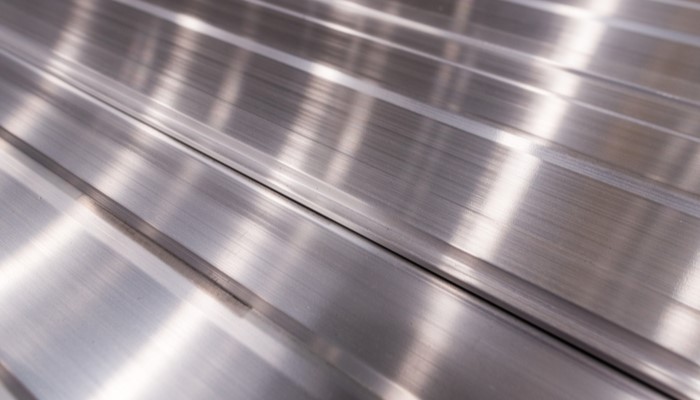Aluminum has been utilized for millennia. Today, it tends to be found in a wide cluster of uses, with quite possibly the most well-known utilizations being in canned food sources and beverages. Since canned food utilization is so pervasive, it has made reusing metal jars a basic piece of limiting squanders and superfluously space in landfills. Best of all, aluminum can be constantly reused uncertainly.
Other than maintaining a strategic distance from squandered space in landfills with aluminum jars, reusing aluminum is likewise an energy saver, which is additionally a natural advantage. The energy reserve funds is really amazing. All that is needed is five percent of the energy expected to make aluminum without any preparation. That is on the grounds that making new aluminum jars requires a ton of power to transform aluminum oxide into aluminum.
Notwithstanding the natural intentions in reusing aluminum jars, there is a monetary motivation in doing it. In any event, when you consider the expense of gathering, isolating, and reusing aluminum jars, it is considerably more practical than delivering new aluminum jars.

History of Aluminum Can Recycling
In all honesty, aluminum can reusing is anything but an aluminum extrusion. Reusing aluminum has been around since the mid twentieth century. In 1904, the primary aluminum reusing plants opened in Chicago and New York. Reusing assumed a huge part in supporting Allied powers in World War II. Today, it assumes a significant part in our aluminum creation. As indicated by 2008 measurements, around 31 percent of all aluminum that is made in the United States comes from reused salvaged material.
How Aluminum is Recycled
Here is a condensed adaptation of how aluminum is reused once it gets to the reusing office:
Initial, a handling office sorts the aluminum from different materials. The cycle utilizes swirl flow, an electrical flow that helps separate aluminum from different materials. The aluminum is then sliced into little equivalent pieces to limit volume which makes it simpler on the machines that different them. Next the pieces are cleaned and placed in enormous squares to limit oxidation. The squares of aluminum are stacked into a heater and warmed to around 1,400 degrees Fahrenheit to deliver a liquid organization. Dross, the strong pollutants that are discovered coasting on the liquid metal, is then eliminated from the metal. Tests are taken and afterward investigated.
The Future of Aluminum Recycling
The future gives off an impression of being splendid for aluminum reusing. As per industry gauges, reusing rates are required to develop by 75 percent over the course of the following 10 years. The development in reusing has gone from 13.7 million tons in 2003 what might be compared to about 30.2 billion pounds to about 19.4 million tons in 2009 about 42.7 billion pounds.
Categories: General